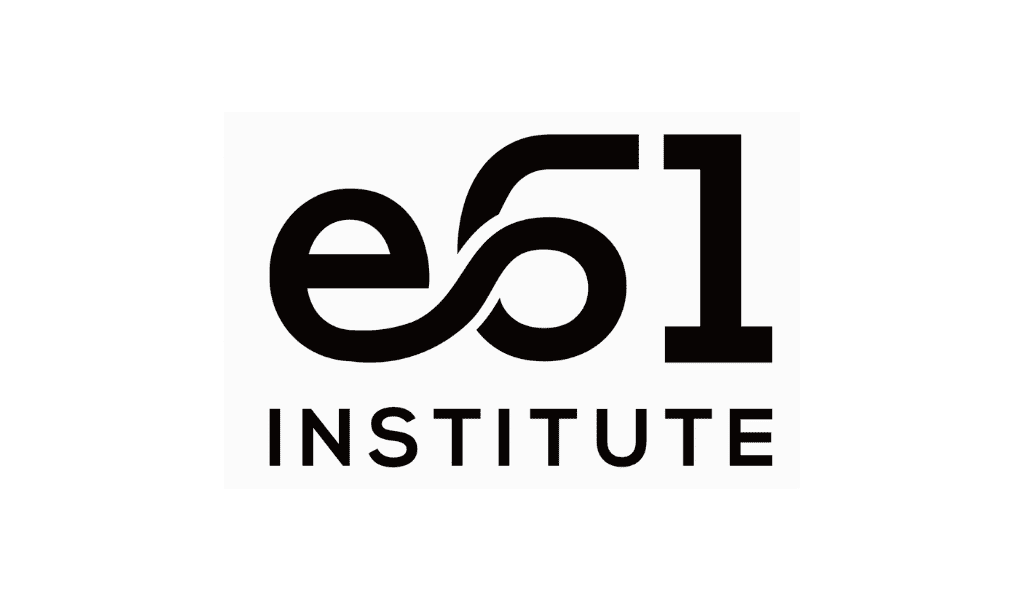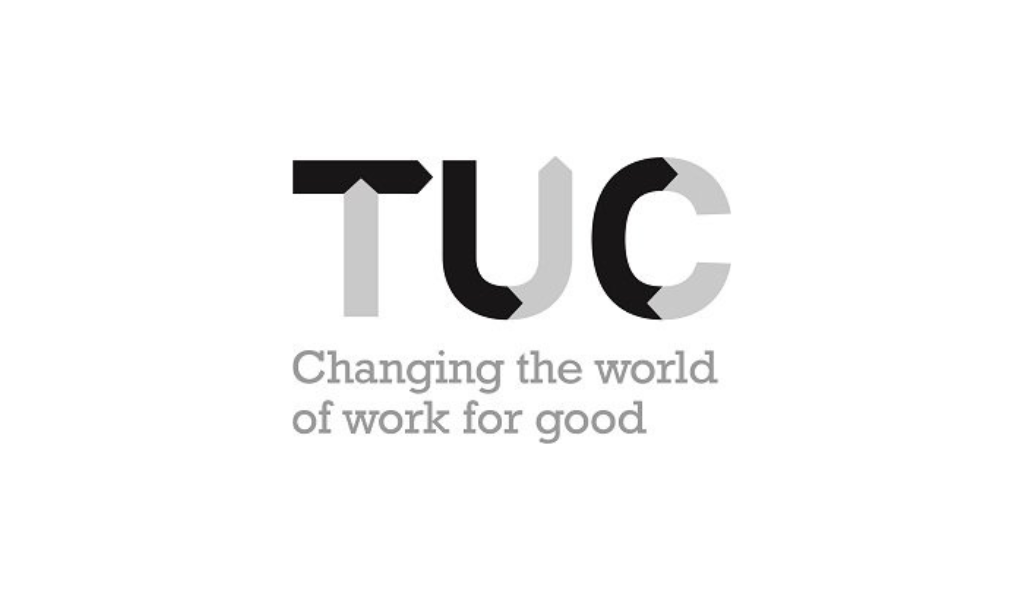A blueprint for building the business case for payroll technology.
By Jayson Saba
Effective payroll processing is a fundamental part of managing human resources. A paycheck is one of the main reasons your employees show up to work each morning, and that being the case, they have high expectations. They want their compensation to be handled quickly, efficiently, and without a hiccup, every single time. Companies all too often find themselves burdened with outdated pay processes that are slow, tedious, error-prone, and just plain painful to use.
Regardless of how difficult the current payroll process might be, it’s still challenging for many HR leaders to build the business case for improved payroll technology. Corporate leaders tend to approve these investments only when the company has outgrown the current process -through organic growth or a merger/ acquisition -or if the incumbent vendor has stopped supporting a legacy product.
Cloud technology is making it possible for many organizations to easily upgrade to a better payroll solution. Building a strong business case requires analyzing the expected return on investment (ROI) for the solution. The foundation begins with a clear understanding of the pain points involved in processing the payroll. From there, the business case can be based on credibility.
Understanding Payroll Pain Points
When processing employee payroll, there are four main obstacles that organizations often encounter:
- Payroll errors. In many cases, payroll errors are difficult to measure. A company’s error rate could be anywhere from 0.2 percent to almost 2 percent of total payroll. Inaccuracies come in a wide variety of ways: erroneous deductions, incorrect timesheets, miscounted overtime or holiday pay, tax withholdings, or wage garnishments. Reducing the likelihood of any of these errors is considered a hard cost savings.
- Payroll productivity. To calculate the total amount of time payroll process requires, look at gross data, including hourly employees, and the time it takes to close out the payroll period and generate reports. Automation is likely to reduce this time as well as self- service processes that can eliminate employee questions or concerns. When determining the ROI, be sure to factor in both of these processes.
- Cost of payroll. What is the cost of running payroll today? In actuality, payroll incurs many costs: software, hardware, in-house printers, tax accountants, IT time and more. This is a hard cost that needs to be accounted for when calculating the benefits of the new solution.
- Compliance risk. In addition to fees and penalties resulting from incorrect tax withholdings, if the time and attendance system is not in sync with payroll, wage and hour issues and employee misclassifications can arise.
It can cost organizations thousands of dollars if current systems don’t properly define wages, hours, employee classifications, and tax filing rules.
Developing an Action Plan
After identifying the pain points of processing the payroll, four primary objectives help drive an action plan:
- Use an effective calculator. ROI stands on one leg: credibility. If the ROI isn’t credible to the C-suite, it will do more harm than good.
- Look for other savings. With SaaS solutions, adding modules is relatively cheaper than it would be for legacy, on-premise solutions. Organizations can gain
a great deal of efficiency by automating time and attendance and ensuring very tight integration with payroll. Nucleus Research has found that workforce management -including time, attendance, scheduling and labor planning -pays back $10.99 per $1 invested. Opt for a system that has one database and a single rules engine governing time and attendance.
- Engage stakeholders who will help defend the analysis. It is critical to make sure that HR, payroll, and benefits all buy into the potential cost savings. In a presentation to the C-suite, a united front will go a long way. And, if time and attendance or workforce management is part of the evaluation, collaborating with operational leaders or managers is key.
It might cost the payroll department too much time and resources to get the gross-to-net-to-zero processed accurately and compliantly. SaaS-based solutions offer cost-saving, compliance, and risk-reducing advantages that do what payroll needs to accomplish most – compensate employees correctly and on time.
Jayson Saba is vice president of strategy and industry relations at Ceridian.














